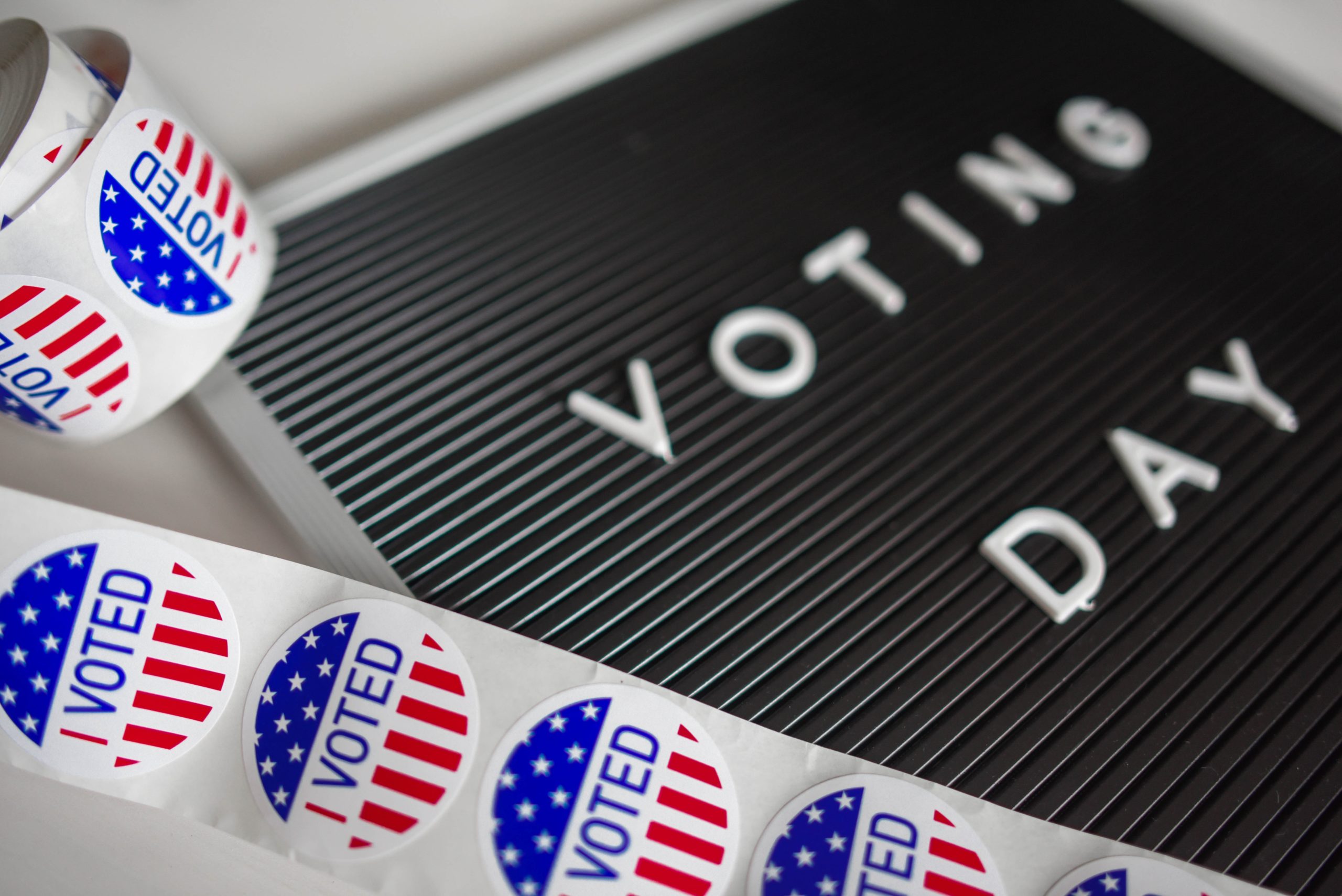2/17/2020
On February 3rd, the first primary of the 2020 election cycle took place in Iowa, where the process has always been a little different. Rather than submitting individual votes, Iowans meet in small groups (called caucuses) and make their decisions as a community, which are then submitted to the state party. After the 2016 caucus, which ended in the closest margins in its history, the Iowa Democratic Party (IDP) turned to Shadow Inc.–an engineering company that provides technology and software for political campaigns–to design an app that would allow each precinct to easily report their results.
Shadow’s IowaRecorder app was first sent to precinct leaders just seventeen days before the caucuses for trial, a complex process since users first had to download an app-testing platform that would allow them to run IowaRecorder. Instead, many users never made it past the 4-step login process, and even then, those who did often found that attempts to transmit data failed repeatedly. In an email from the IDP, precinct leaders were encouraged to phone in results in the event of app failure. Unfortunately, the IDP was relying so confidently on the success of IowaRecorder that they understaffed their phone lines. When they could not be reached, some desperate precinct leaders drove their results to IDP headquarters, while others posted theirs on social media. This second decision meant that the IDP’s reporting hotline was released onto the Internet, and trolls were quick to phone in false results. The chaos that unfolded made it impossible for the IDP to declare the delegate breakdown for an unprecedented six days.
Experts were quick to point to several errors on the part of Shadow Inc. Why was the app only sent out to precinct leaders a mere seventeen days before use? Surely an app with so much riding on it needed more extensive testing, and surely that testing would have found the errors that caused so much confusion. Beyond that, for an app with such a simple function–to transmit data securely to headquarters–actually using the app seemed unreasonably difficult for users, many deciding to phone in results before the caucuses began, after seeing the effort involved in simply downloading the app.
Not only was the rollout hastily done, but experts who have begun examining the structure of the app itself say that its creation seems sloppy as well. Blue Hexagon found links to a variety of random, unrelated websites embedded in the app, and a representative said that the app “appears rushed” and speculated that “someone was not paying attention or on a deadline.”
Engineers have a responsibility to deliver products that work as designed, and it seems clear that Shadow Inc. failed to fulfill that responsibility. By neglecting to conduct sufficient testing on the app, Shadow initiated an almost comedic series of failures that constituted a disastrous opening to an already volatile election. Should individual engineers within the company have spoken up about issues with the app? Did Shadow intentionally cut corners with the app in order to save time and money? Finding the balance between efficiency and thoroughness is an issue that plagues the field of engineering and has caused blunder after blunder. One can only hope that with each failure, we can learn from our mistakes and move towards safer, more reliable practices.

